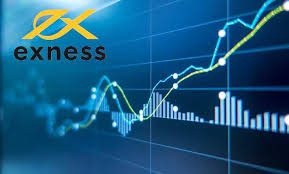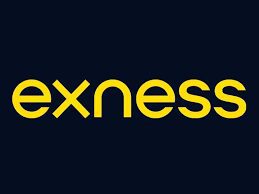
Exness Day Trading: A Complete Guide
Day trading is an exhilarating approach to the financial markets, promising the potential for significant profits within a single day. One of the platforms that has gained popularity among day traders is Exness. This broker provides various tools and resources to help traders navigate the often turbulent waters of day trading. In this article, we will explore what Exness Day Trading entails, strategies to employ, and tips for success. For detailed insights on other aspects, visit Exness Day Trading https://gregoryhaskell.com/2025/04/17/deposito-minimo-de-exness-4/.
Understanding Exness as a Trading Platform
Exness is a well-established online trading platform known for its user-friendly interface and diverse financial instruments. Traders can access forex, commodities, cryptocurrencies, and stocks, making it suitable for various trading styles. Exness offers different account types to cater to different trader needs, including Standard, Pro, and ECN accounts.
The platform is regulated and known for its low trading costs, fast execution speeds, and high leverage options. These elements make Exness a compelling choice for day traders who rely on quick transactions and the ability to leverage their investments effectively.
What is Day Trading?
Day trading involves buying and selling financial instruments within the same trading day. Traders aim to profit from short-term price movements, often holding positions for just a few minutes to several hours. This fast-paced trading style requires a solid understanding of market trends, technical analysis, and a disciplined approach to risk management.

Successful day trading necessitates decisive actions and quick reactions, as markets can be highly volatile. Therefore, it is crucial for day traders to be well-informed about market news, economic indicators, and price patterns.
Key Strategies for Exness Day Trading
1. Technical Analysis
Technical analysis is one of the most essential tools for day traders. It involves analyzing price charts and identifying patterns or indicators that suggest future price movements. Commonly used tools include Moving Averages, Relative Strength Index (RSI), Bollinger Bands, and Fibonacci retracements. Using these tools, traders can identify potential entry and exit points.
2. Scalping
Scalping is a popular day trading strategy that involves making numerous trades throughout the day to capture small price movements. Scalpers often hold positions for seconds or minutes, seeking to profit from tiny fluctuations in price. This strategy requires strict discipline and a reliable trading platform, like Exness, for swift order execution.
3. Momentum Trading
Momentum trading is based on the idea that assets that show strong upward or downward price movements are likely to continue moving in that direction. Traders identify these trends and make trades that align with them. Monitoring news and economic reports is crucial for momentum trading, as they can trigger rapid price changes.

Risk Management in Day Trading
Effective risk management is vital for day trading success. Without it, traders may end up losing more than they can afford. Here are some practical strategies for managing risk:
- Set Stop-Loss Orders: Always use stop-loss orders to limit potential losses on each trade. This order automatically closes a position at a predetermined price, helping you avoid significant losses.
- Never Risk More than You Can Afford to Lose: Limit the amount of your trading capital you risk on a single trade. A common rule is to risk no more than 1-2% of your total trading capital on any given trade.
- Diversification: Avoid putting all your capital into one trade. Diversifying your trades can help mitigate risks.
Choosing the Right Time to Trade
Timing is everything in day trading. The forex market operates 24 hours, but not all hours are equally favorable for trading. Day traders should focus on major market sessions when there is increased volatility and liquidity. The London and New York sessions usually witness the most trading activity, making them prime times for executing trades.
Essential Tools for Day Trading on Exness
Having the right tools at your disposal can enhance your day trading experience on Exness. Here are some essential tools that can help:
- Trading Platform: Exness offers a variety of trading platforms, including MetaTrader 4 and MetaTrader 5, both of which are packed with features for technical analysis.
- Economic Calendar: Stay updated on upcoming economic events that could impact market volatility.
- News Feed: Access timely news to stay informed about events that may influence the markets.
- Trading Journal: Maintain a trading journal to analyze your trades, identify patterns, and learn from mistakes.
Conclusion
Exness Day Trading can be a rewarding yet challenging venture. By employing effective strategies, understanding market dynamics, and practicing strict risk management, traders can optimize their trading experience. Always remember that day trading requires discipline, education, and constant adaptation to changing market conditions. With the right approach and tools, you can navigate the dynamic world of day trading on Exness successfully.

